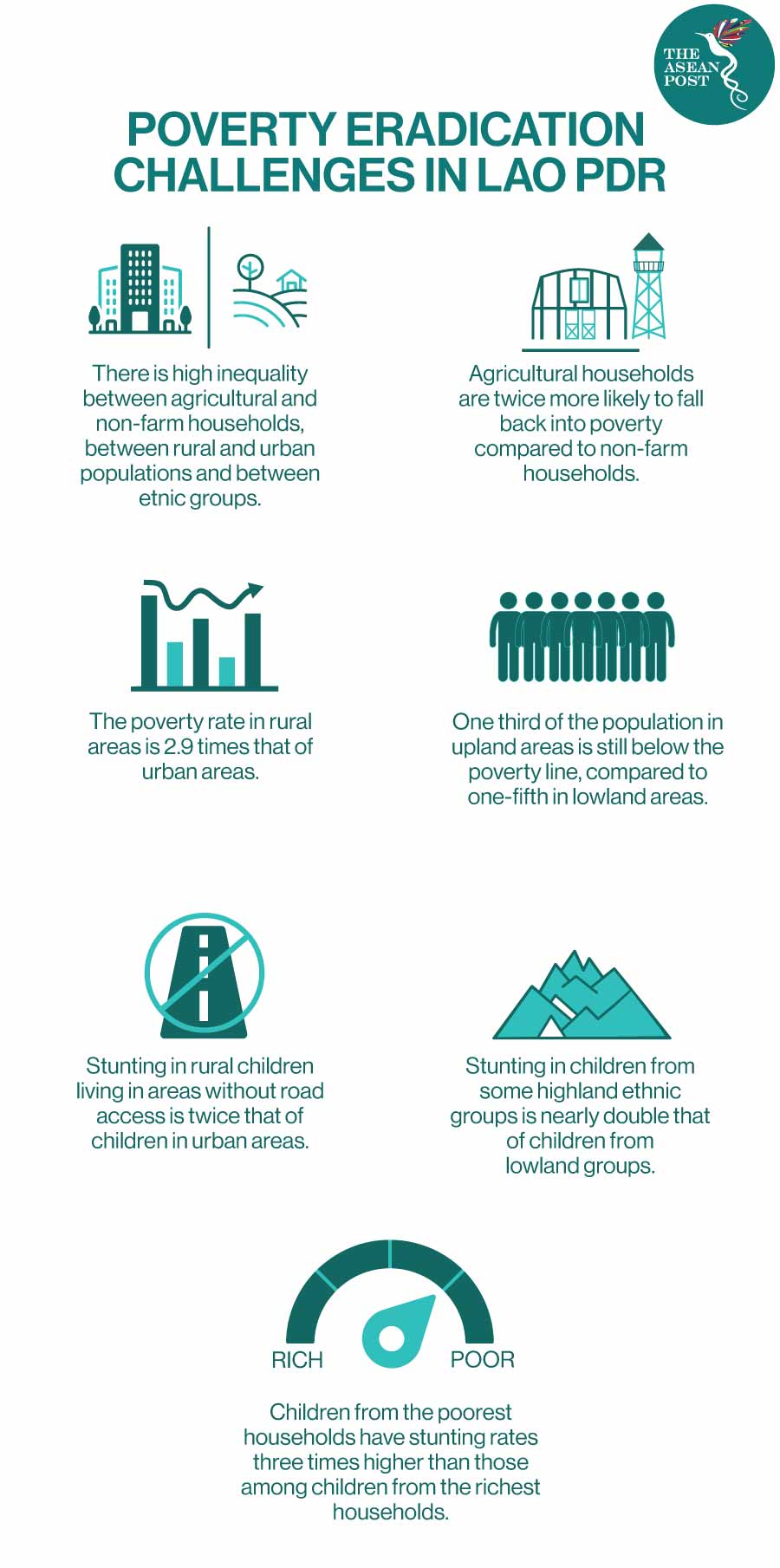In the olden days, women across Lao inherited their weaving skills from their mothers, mostly for their own use. Weaving was also a communal activity, allowing for social interaction with other women in their communities.
With the advent of mass-produced industrial textiles, the traditional art of silk and cotton weaving has been pushed back mainly into the domain of healing rituals and ceremonial purposes. Aside from a role in major rites of passage such as birth, puberty, marriage and death, some traditional weaving products have also reached the tourist market as knick-knacks and souvenirs.
Many women in Lao have also traditionally used weaving as a way to supplement their family’s income.
According to media reports, some artisans can make up to US$350 a month from weaving. Sykai Phonthilath, a mother and experienced weaver in a workshop in Luang Prabang told the media back in 2017 that her monthly income was almost three times the minimum wage in Lao which was enough to pay for her daughter’s school and beyond. She hopes her daughter will be the first woman in the family to attend university, something that was not possible in the past due to poverty.
“I’m happy she can use her income from weaving to make her family’s life better than it was in the past,” commented Sykai’s mother Papeng who taught her the skills of weaving at the age of eight.
Poverty In Lao
According to the Office of the United Nations High Commissioner for Human Rights (OHCHR), almost a quarter of Lao’s population lives in poverty, and an estimated 80 percent of the country lives on less than US$2.50 a day.
Despite halving the poverty level from 46 percent in 1992 to 23 percent in 2015, the challenges to reduce the number of people living below the poverty line in Lao remain.
“Lao PDR has done an impressive job reducing the number of people living below the international poverty line, despite a legacy of imperialism and widespread unexploded ordnance,” said Philip Alston, Special Rapporteur on extreme poverty and human rights.
“But lifting people above a minimal income level must be the beginning, not the end, of the government’s efforts, and persistent poverty remains a challenge for far too many,” he added.
An estimated 88 percent of children in Lao experience some form of deprivation, and women face widespread marginalisation and discrimination. It was reported that many people are still lacking access to roads, water and electricity in the country.
Based on Lao’s voluntary national review on the 2030 Agenda for Sustainable Development, agricultural households are twice more likely than non-farm households to fall back into poverty. This is mainly due to their high vulnerability to shocks and inability to mitigate risks such as health risks as insurance coverage and social protection are limited.

By Women, For Women
Bringing their weaving products to market and triggering a demand would not have been possible for women like Sykai and Papeng without the work of local non-profit organisations and social enterprises such as the Traditional Arts and Ethnology Centre (TAEC) and Ock Pop Tok. These entities not only provide support and training for weavers to access the market, but also loans and employment opportunities.
Ock Pop Tok (translates to ‘East Meets West’ in Lao), founded on the principles of fair trade, sustainable business practices and ethical fashion, started in 2000 with five weavers. In less than two decades, it has grown to 500 artisans countrywide, almost 50 of which are master weavers at the Living Crafts Centre and nearby villages. 50 percent of its profits go to the Village Weaver Projects, which is a series of initiatives to create economic opportunities for rural artisans in 13 provinces.
Like Ock Pop Tok, TAEC is also working with over 600 artisans, 95 percent of whom are women weavers or embroiderers from rural ethnic groups. The organisation helps commercialise the old tradition by granting small loans and training women on product design and small business practices.
Related Articles:
